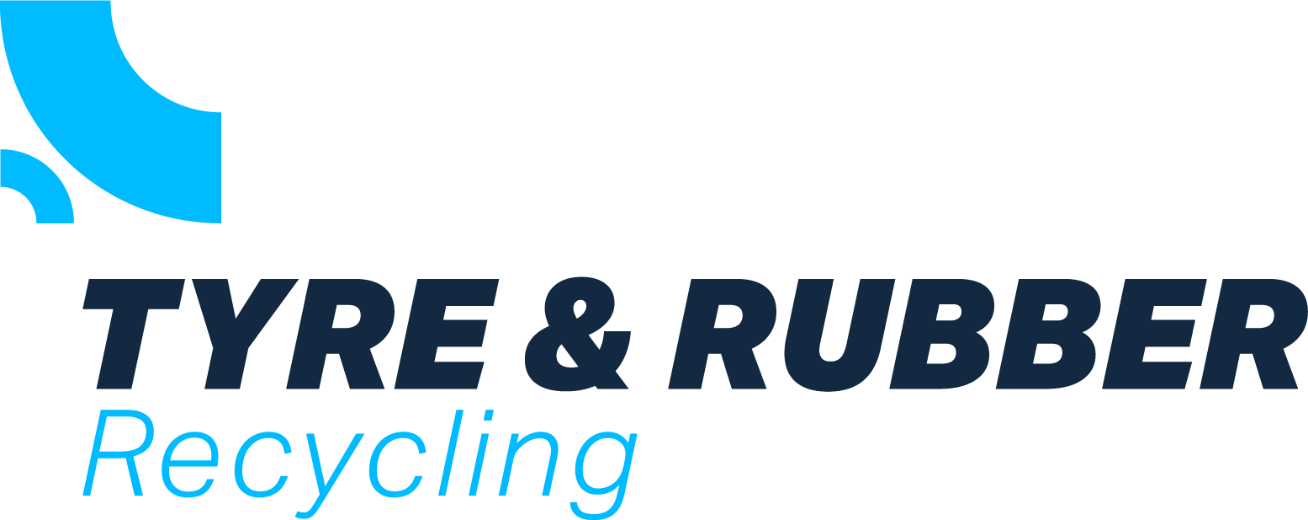The Weibold Academy article series discusses periodically the practical developments and scientific research findings in the end-of-life tyre (ELT) recycling and pyrolysis industry. One of the goals is to give entrepreneurs in this industry, project initiators, investors and the public, a better insight into a rapidly growing circular economy. At the same time, this article series should also be a stimulus for discussion.
This article should give an overview over the recent development trends regarding the options for an upgrade of tyre-derived oil (TDO) with chemical and physical techniques. In two previous articles we have already dealt with the production of limonene and highlighted the advantages of fractional distillation of TDO.
Introduction
Refiners around the world are looking for alternatives to producing fuels from petrochemicals only. This is due to expected future declines in crude oil reserves combined with significant fuel demand growth expectations throughout the world and increasing environmental awareness among the population.
Waste and biorefineries are attracting significant interest worldwide as sustainable waste management solutions. In addition, a wide range of resources, such as energy, fuels, chemicals, and other viable by-products, can be recovered from municipal waste streams, waste plastic, and waste tyres.
Acknowledging that end-of-life tyres (ELT) hold an enormous potential for recovering finite resources, this article aims to contribute to the development of an eco-friendly post-processing approach to realise its full potential in refineries.
Development trends
Pyrolysis processes are an efficient, viable and sustainable approach for the valorisation of end-of-life tyres into oil, value-added gas and recovered Carbon Black (according to ASTM D8178). The thermochemical decomposition of end-of-life tyres has multiple benefits, including simultaneously realising a sustainable waste management, resource recovery, and displacing conventional fossil fuels.
Advances in many aspects of industrial scale production, including product quality, production efficiency, operational costs, capital investment, and tipping fees, have allowed ELT pyrolysis to prove itself as technically mature and economically viable.
Besides being a valuable feedstock for various chemical components, TDO presents an attractive source of renewable energy. It has come a long way in having been considered as a potential substitute for crude oil-derived products, or for use in a blend with them.
Waste tyres contain a fraction of biogenic carbon that mainly comes from their natural rubber content. Therefore, the tyre-derived pyrolysis liquids (TDO) can be specified as advanced fuel pool components. This fact is important from a product origin point of view, as well as from a quality, application, and customer tariff classification point of view.
Raw waste tyre-derived pyrolysis liquids are most economically and energetically attractive products. However, their application is limited by a number of properties: their distillation characteristics, proportion of compounds having boiling point over 360°C, flash point, cetane number, density, PAH content, sulphur and chlorine content, storage stability, and combustion properties – regular and unregular emissions, metal content, chemical and hydrocarbon group composition and polarity causing homogeneity and incompatibility problems. The presence of micro-carbon particles in the pyrolysis oil can also cause erosion or corrosion problems in the engines they are used in.
As is the case for other petroleum derivates, economic and engine technology developments have mandated tyre-derived materials to be produced with higher quality and performance, and with lower contaminant content. Thus, the pre-treatment of pyrolysis feed and upgrading of raw tyre-derived-oils (TDO) with chemical and physical techniques are being explored to further enhance the TDO properties.
Several options exist to upgrade TDO with chemical and physical techniques:
Physical properties such as distillation/fractionation; have been found to enhance general properties of raw TDO, namely: density, viscosity, heating value and flash point.
Desulphurisation, hydrotreating has been found to reduce sulphur, chlorine and water content, while hydro-denitrification removes nitrogen compounds. Other chemical treatment processes may also be employed.
Distillation/fractionation
The atmospheric distillation process is carried out at temperatures ranged 150-200°C to divide raw TDO to a lighter and heavier fraction because the maximum amount (80%) of distilled TDO is obtained within this range (5% is left out as pyro gas and 15% is found as sludge).
Further refining the raw TDO by employing fractional distillation can result in significant distillate concentrations of toluene (from 7.65% to 68.52%) and xylene (from 10.09% to 65.20%). Through fractionation the flash point, viscosity, and density can be modified in line with market requests, but the obtained fractions are not yet considered as stable and chlorine-free.
Partial elimination of impurities, moisture, carbon particles, sulphur, and sediments results in a 7% higher heating value. The diesel-like fraction from raw TDO fractionation can potentially be added in appropriate proportions as a component of light heating oil having a sulphur level S=max. of 0,1% m/m. Upon further refining, the distilled TDO can even be employed as an alternative for low-sulphur transportation fuel, fuel oil, or as a diesel blend.
Hydrodesulphurisation
A conventional hydrodesulphurisation process has high OPEX and encounters difficulty in removing sulphur compounds with steric hindrance. Consequently, various research efforts have been made to overcome the limitations of conventional HDS processes and explore alternative technologies for deep desulphurisation of TDO and/or combination with other refinery middle distillates. The alternative processes being explored to produce ultra-low-sulphur content fuels and fuel oils are adsorptive desulphurisation, biodesulphurisation, oxidative desulphurisation and extractive desulphurisation.
From an industrial perspective, a distillation treatment and sequential 2-stage hydrotreating at pressure below 4MPa or hydrotreating at pressure ranged 6-16 MPa, or hydrocracking strategies, all using desulphurisation and denitrification catalyst systems have been proposed for upgrading TDO quality and for simultaneously overcoming all limitations to producing high quality motor fuels, fuel oils and solvents.
In addition, the 30°-100°C fraction of hydrotreated waste tyre-derived gasoline can be used as a potential raw material for the catalytic reforming unit producing reformate with RON=90-100, which is a gasoline pool component.
Oxidative desulphurisation
The oxidative desulphurisation process has received more attention due to its mild operating condition and high sulphur removal efficiency. A critical challenge is the commercialisation of a catalytic oxidative desulphurisation process due to some major obstacles, such as low selectivity for the sulphides present in fuel feedstock, recovery, and separation of the used catalysts after the reaction, increased CAPEX in case of high sulphur content in the feedstock as well as a waste management challenge concerning disposal of the oxidised sulphur containing compounds.
A possible upgrading path would be an oxidative desulphurisation plus hydro processing, as usual in conventional refineries. However, these processes, while highly effective, are hardly economically feasible in the dimensions of existing or planned ELT pyrolysis projects. Perhaps this path will also prove to be realistically feasible in the future, through capacity increases and / or joint ventures by pyrolysis companies, as well as through down-scaling of existing large-scale industrial applications.
Chemicals obtained from TDO
Refiners worldwide are moving production away from fuels toward petrochemicals. This is due to the expected future declines in crude oil reserves, fuels demand, combined with significant petrochemical demand growth expectations throughout the world.
Recently, significant attention has been given to the benefits of the chemicals obtainable from raw TDO. This is mainly due to the less intensive purification steps associated with the chemical feedstock production as well as the firmly established markets that exist for the chemicals obtained from TDO.
For example: Limonene is reported to be a high-value primary material in the chemicals industry with several noteworthy applications. It can be utilised as a cutter stock, natural cleaning solvent, industrial diluents, in the production of fragrance, adhesives, pigment dispersing agents, resins and bonding agents, and as a food-additive.
Likewise, the presence of benzene, toluene, and xylene (BTX) in TDO has been given renewed attention due to their wide industrial use. Benzene is used to synthesise pigments, rubber, fibres, plastics etc.; toluene is used in the industry to produce medicines, pesticides, and dyes. In addition, the toluene and xylene are high-octane components for ultra-low-sulphur automobile gasoline, and they can also be used as solvents in the solvent-based chemical recycling of waste plastics.
Conclusion
Due to ongoing significant research and development, end-of-life tyre pyrolysis technology and techniques for applying its products are constantly evolving. However, the commercialisation of upgrading processes is still in its infancy stages.
From the perspective of oil and gas producers, lenders, investors, and regulators alike, there is a distinct lack of clarity to what constitutes action toward TDO quality gate limits to be supplied to refineries for further processing.
This also applies from the perspective of the ELT pyrolysis industry: There are no official refinery gate limits published for alternative fuel feeds (TDOs) which can be processed in the catalytic reforming units, fluid catalytic conversion and hydrocracking units, and pyrolysis gasoline splitter or aromatics extraction units. Therefore, there are no exact input data for TDO fractionation. Without these clear targets, financiers and investors become hesitant to invest without knowing how the products will comply with refinery criteria. This, of course, naturally hinders an accelerated development.
A “round table” should therefore be initiated with stakeholders of the ELT pyrolysis industry and potential buyers of TDO fractions to develop uniform standards and gate limits. The ASTM D36 committee on recovered Carbon Black could serve as a good example.


















